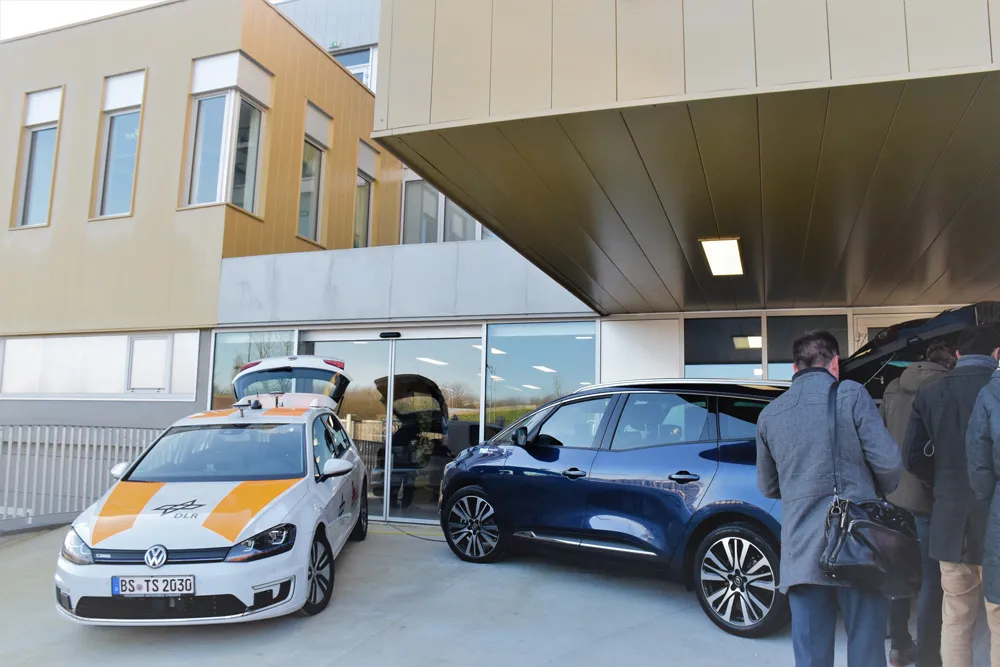Ultimate Visual Solutions (UVS) has appointed Pawel Religa as a representative in Central and Eastern Europe to sell its Lucidity wall controller and control software.
Religa will be based in Poland, but will cover Russia and other key parts of the European mainland
UVS, a traffic control room company, says Lucidity is aimed at clients who require a solution where full command and control components are not needed.
The Lucidity Wall Manager provides the launching of sources by dragging and dropping templates or via presets, rather than via dynamic resizing of images on the video wall, the company adds.
According to UVS, the Lucidity Media Wall controller range provides for the connection of all typical video wall source types.
UVS appoints representative in Central and Eastern Europe
Ultimate Visual Solutions (UVS) has appointed Pawel Religa as a representative in Central and Eastern Europe to sell its Lucidity wall controller and control software.
Religa will be based in Poland, but will cover Russia and other key parts of the European mainland
UVS, a traffic control room company, says Lucidity is aimed at clients who require a solution where full command and control components are not needed.
The Lucidity Wall Manager provides the launching of sources by dragging and dropping tem
May 28, 2019
Read time: 1 min










